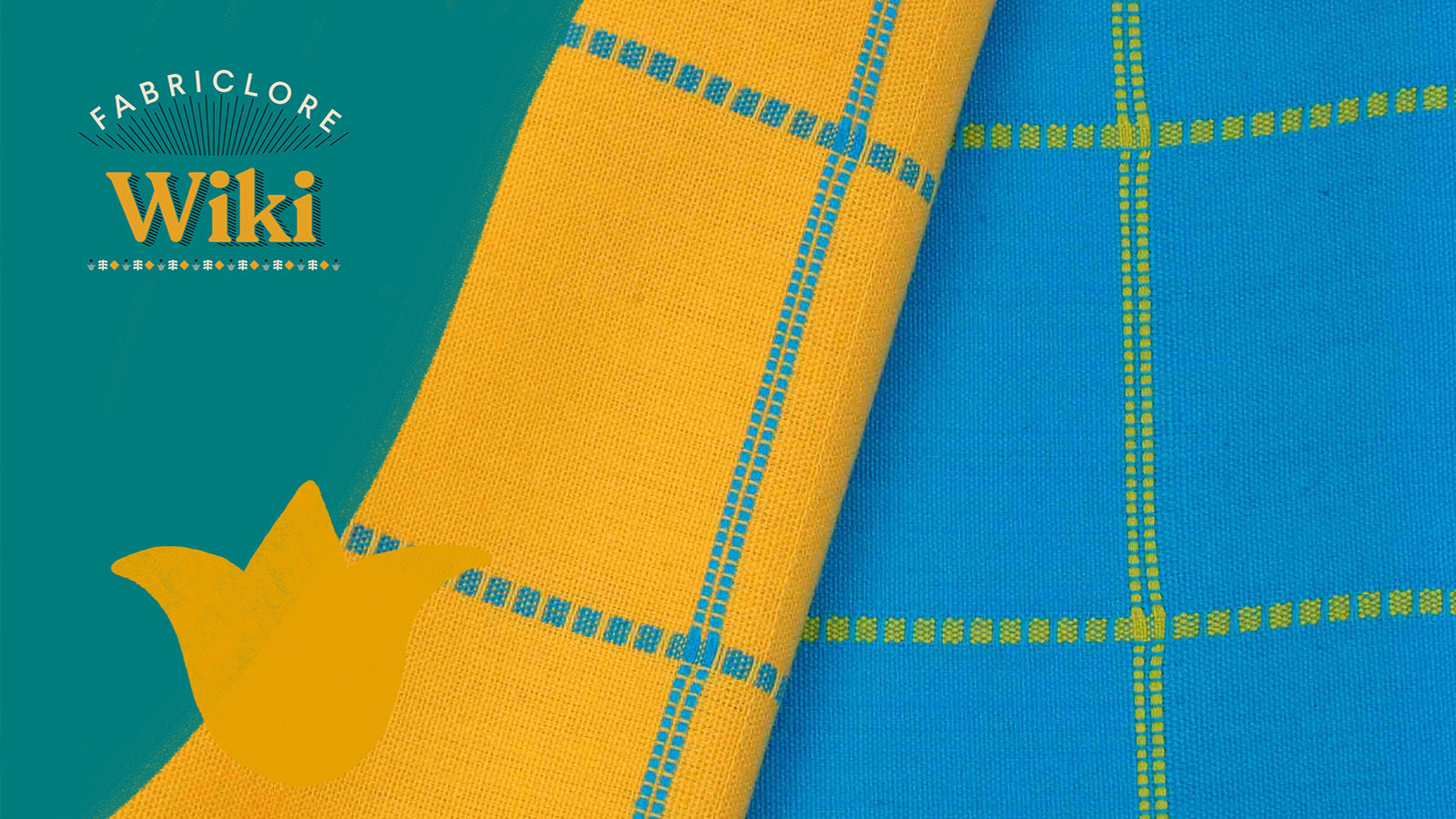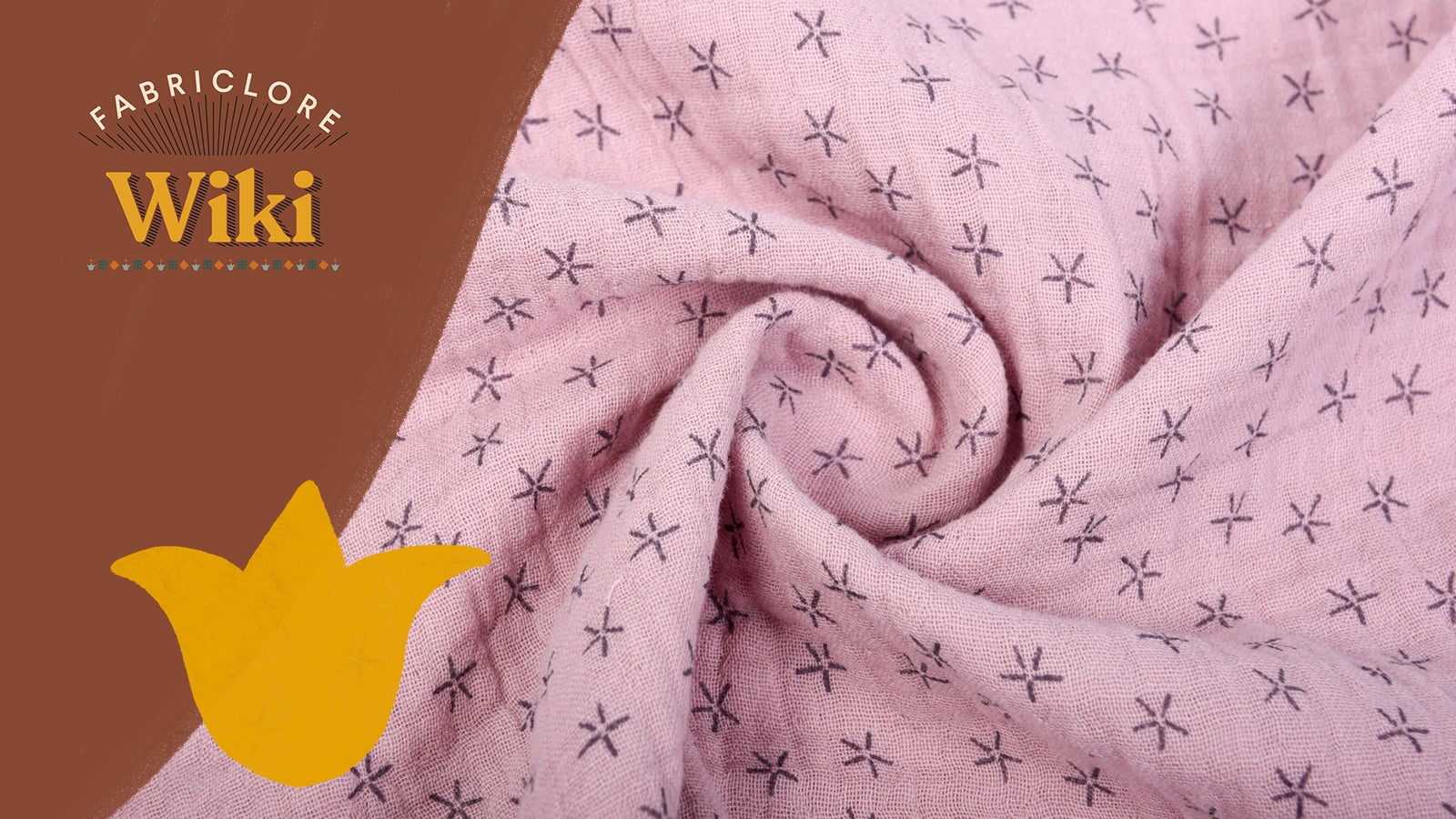What is Supima Fabric?
- The fibers of the Gossypium barbadense plant are used to make Supima cloth.
- It's a high-quality cotton fabric that's both comfortable and robust.
- The majority of cotton fibers are about 20 millimeters long, while Pima is an extra-long staple fiber that is around 34 millimeters long.

History
- Supima is a combination of the words "Superior" and "Pima."
- Supima cotton production increased from 100,000 bales per year in the 1980s to over 800,000 bales in 2007.
- 90% of Supima cotton is exported from the United States, with the majority going to other countries for the production of yarn, completed textiles, apparel, sheets, and towels, which are then re-exported to the United States for sale.
- China, India, Pakistan, Turkey, and Peru are the top five Supima cotton importers.

What Makes it Stand Out?
|
Texture |
Soft and lightweight, but slightly thicker than other cotton. |
|
Durable |
Extra-long staple fiber that gives the cotton its premium properties of Strength, Softness, and Color retention. |
|
Absorbent |
It comprises high Moisture-wicking abilities. |
|
Sheer |
The fabric is opaque in appearance |
Application and Uses
|
Clothing |
T-shirts, pajamas, nightgowns, dresses, etc. |
|
Home furnishing |
Bedsheets, cushion covers, etc. |
How to Judge the Authenticity?
- The ASA has recognized Supima cotton as authentic.
- If Supima fabric does not contain the ASA seal, it is not authentic Supima, and some Supima fabric is USDA certified as organic.
Care Instructions
- To avoid shrinkage, use cold water. We recommend using a soft detergent and washing on a gentle cycle.
- Avoid putting your Supima cotton shirts in the dryer for optimal results. Allow them to air dry on a drying rack or clothesline instead.





